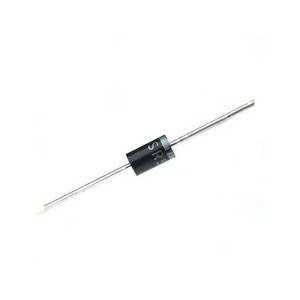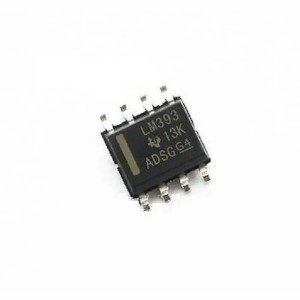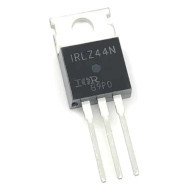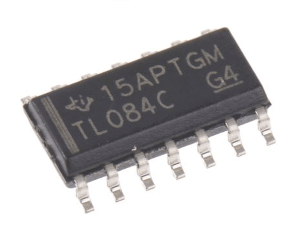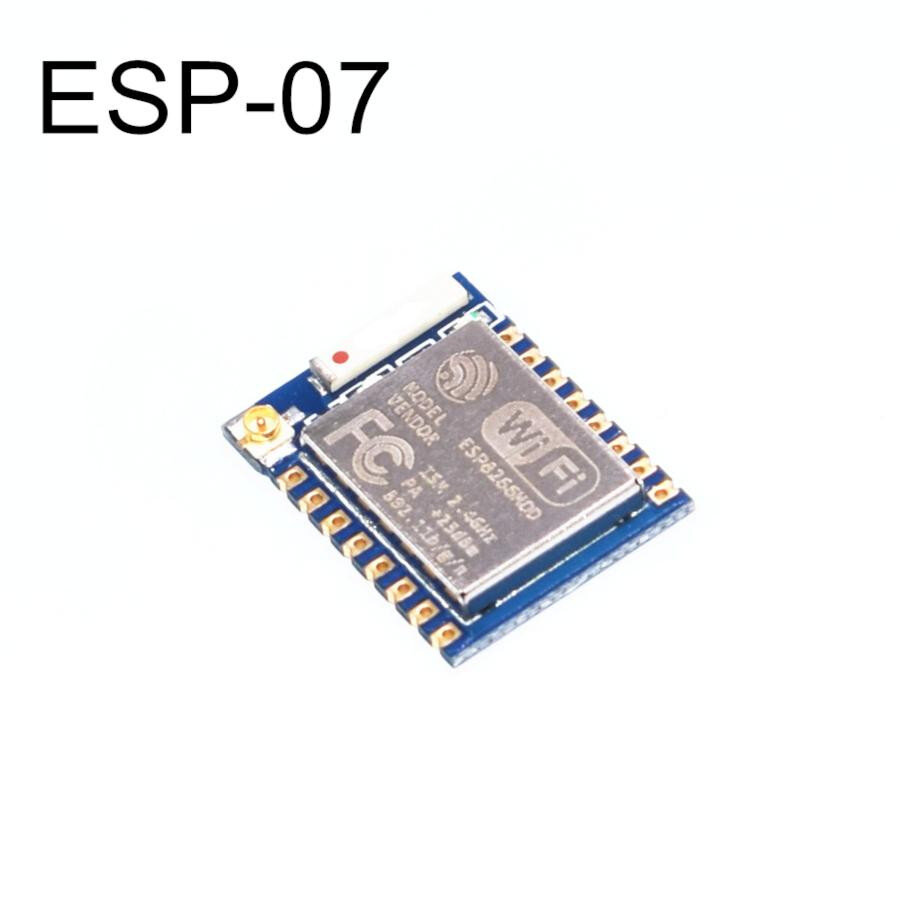

ESP07 Wifi Module
Inhouse product
Reviews & Ratings
The ESP8266 ESP-07 is a compact and versatile Wi-Fi module ideal for IoT projects. It is part of the ESP8266 family and integrates a powerful processor, GPIO pins, and Wi-Fi functionality in a small form factor, suitable for wireless networking in embedded systems. Here’s an in-depth look at the ESP-07:
Key Features
Wi-Fi Capabilities:
- Fully compliant with IEEE 802.11 b/g/n standards.
- Operates as a Station (STA), Access Point (AP), or both simultaneously.
- Supports WPA/WPA2 encryption.
- Includes TCP/IP protocol stack.
Processor:
- Tensilica L106 32-bit RISC processor.
- Clock Speed: 80 MHz (can be overclocked to 160 MHz).
- Embedded high-speed SRAM.
Memory:
- Internal SRAM (~50 kB available for programs).
- External SPI flash (typically 1 MB to 4 MB).
I/O Interfaces:
- 11 GPIO pins for connecting peripherals.
- ADC: 1 channel, 10-bit resolution.
- Supports UART, SPI, I²C, and PWM.
Antenna Options:
- Built-in ceramic antenna.
- u.FL connector for attaching an external antenna (ideal for extended range).
Power Requirements:
- Operating Voltage: 3.0V to 3.6V (3.3V recommended).
- Power Consumption:
- Active mode: ~80 mA.
- Deep sleep mode: ~20 μA.
Compact Design:
- Dimensions: ~24 mm x 16 mm.
- Ideal for integration into small devices.
Pinout
| Pin | Description |
|---|---|
| VCC | Power supply (3.3V). |
| GND | Ground. |
| EN | Enable (pull HIGH to activate). |
| TX | UART Transmit. |
| RX | UART Receive. |
| GPIO0 | General Purpose I/O; used for boot modes. |
| GPIO2 | General Purpose I/O. |
| GPIO15 | General Purpose I/O; must be LOW on boot. |
| ADC | Analog input (0-1V). |
Programming and Usage
Programming Options:
- Arduino IDE: Install the ESP8266 core to use the Arduino programming environment.
- MicroPython: Use Python to control the module.
- NodeMCU: A Lua-based firmware for scripting.
- AT Commands: Use the preloaded AT firmware for simple command-based control.
Flashing Firmware:
- Use a USB-to-serial adapter (FTDI, CP2102, or CH340).
- Connect TX (adapter) to RX (ESP) and RX (adapter) to TX (ESP).
- Pull GPIO0 LOW and GPIO15 LOW during power-on to enter flash mode.
- Flash using tools like the ESP8266 Flasher or Arduino IDE.
Example Arduino IDE Setup:
- Install the ESP8266 Board Manager in Arduino IDE.
- Select "Generic ESP8266 Module" as the board.
- Use libraries such as
ESP8266WiFi.hfor Wi-Fi connectivity orESP8266WebServer.hfor web server applications.
Common Applications
- IoT Devices: Remote sensors, smart lighting, and environmental monitors.
- Home Automation: Wi-Fi-controlled appliances.
- Wireless Data Logging: Monitor and log data to cloud services.
- Embedded Web Server: Host webpages to control connected devices.
- MQTT Communication: Seamless integration with IoT protocols.
Advantages of ESP-07
- External Antenna Support: Ensures better signal strength and extended range compared to modules like the ESP-01.
- Compact Form Factor: Fits into small spaces, making it ideal for wearables or portable IoT devices.
- Flexible GPIOs: Supports a range of peripheral interfaces for diverse applications.
Frequently Bought Products
Product Queries (0)
Login Or Registerto submit your questions to seller
Other Questions
No none asked to seller yet
